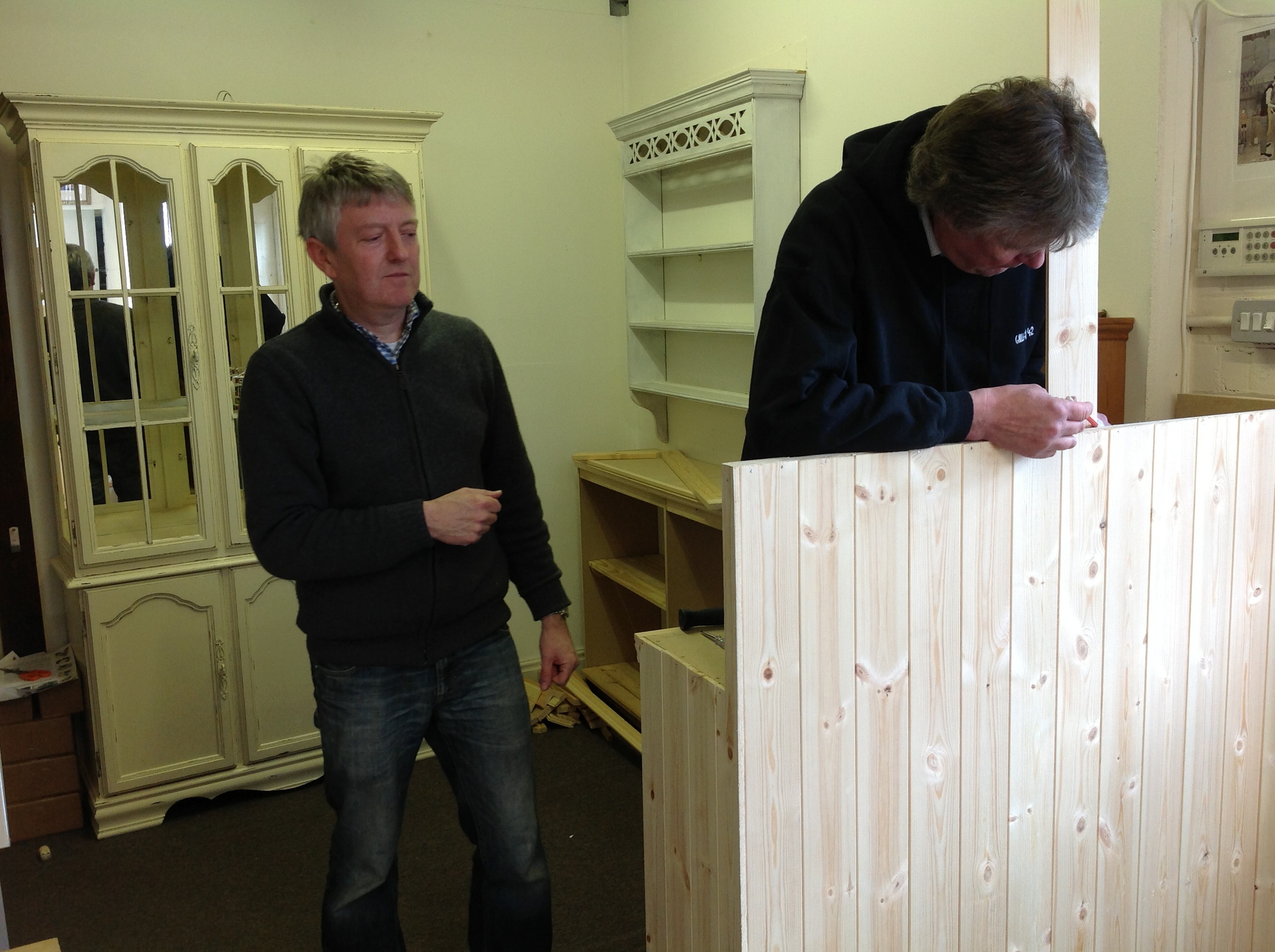As you may have read on the Gallery 42 homepage (www.gallery42.com), we are currently displaying the work of our May Artist of the Month, Nel Whatmore.
Tip Toe to the Sea - £3995
Nel Whatmore needs no introduction and we have a fine selection of her work on display. I conducted an interview with her the week of the exhibition and here is how the conversation went:
To start where all interviews start, how did you come to be an artist?
I became an artist initially because my parents were brave enough to encourage me to go and do a foundation course in Art and Design and to pursue what I loved, rather than to play safe and do a Geography degree at Durham. I then did a degree I didn't actually enjoy that much at Leeds but I enjoyed the life and afterwards went on a business course run by New Working Women in Leeds and learnt all the things you needed to know about being self employed. I started as a professional artist in a bedsit in Headingley making hand made cards, to generate enough income to print my first set of limited edition prints. I was awarded a grant by the Princes Youth Business Trust in 1986 which has been an invaluable help which enabled me to exhibit at major trade shows where I met publishers that I went on to work with for over 17 years.
What things have inspired you over your life and career? Do these things change and are some things lasting or enduring?
What has inspired me over my life and career? Wow, that's a big question! Again, my parents have inspired me to do whatever I do to the best of my ability. If it's worth doing, do it well; that adage has driven me on, on many an occasion. People inspire me as does beauty, the natural world and my endless fascination with colour and the effects it has on our loves and lives. The relationship between music and art interests me to and I paint better with loud music than with out. All of these are enduring. The reasons why I painted when I was 20 are not the reasons why I paint now. Hopefully the more you experience life the more there is to say.
How do these things impact your choice of subject matter?
The things that have inspired me directly effect how I work and my attitude to it but also the size and temper of each painting. In terms of subject matter it doesn't really matter whether I paint a sky or a sea or a flower it is usually all about the light and colour and movement rather than the object.
There are few artists, especially those working in Britain today, who can command your mediums so well, especially on such grand scales - why do you love pastel and why do you produce such large works?
I actually don't think they are that large; actually I would like to do them much much bigger but my favourite paper only comes in a limited size.
I love pastel as it's the closest you can be to actual pigment, it is sensuous and therefore evocative, not harsh and detached. Some how merely by being at the end of a brush you are already a step further away from what you wish to convey. It also has a warmth and a luminosity that I adore... I could go on.. suffice to say I love it.
Blue Sky Thinking - Price on Enquiry
You have some interesting views relating to colour, art and the relating perception of the two together? Do they impact your art?
How colours behave when sat next to each other will be a life long journey of discovery for me, I feel. How it also contributes to our feelings of wellbeing is self-evident, as we all can judge from simply when the sky turns from grey to blue. We are what we paint and what colours I paint reflect often what is roaming around in my head.
You have a stand at the Chelsea Flower Show for the past 7 years and again this year - whats it like to move from small spaces like the Gallery to larger ones like at Chelsea? Do you prefer small or large events?
As being an artist is for a large part a solitary occupation, it is rather weird at times to go from seeing no one for hours to seeing several hundred thousand within a week. I like both small and large events as you just never know who you're going to meet.
Nel's art will be up for the rest of May and I will post again shortly with what I consider to be highlights of the selection of works. These images are lent kindly by Nel from her website.
Barcelona Buskers - Price on Enquiry

